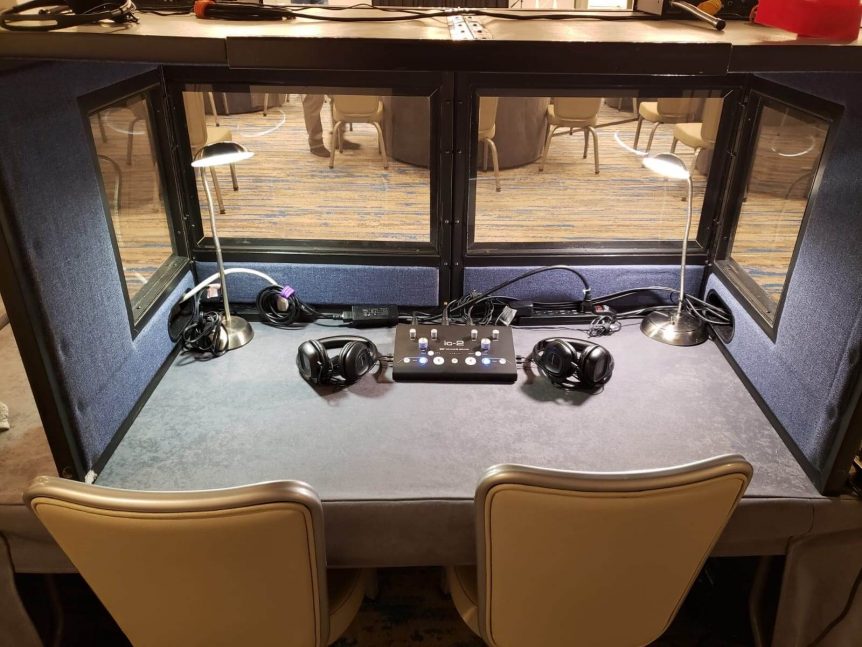In order to ensure that the important meeting coming up is a success, it is equally imperative that you choose the right interpreting equipment. Many a meeting has failed to have expected outcomes only because the equipment used has turned out to be ineffective and just hasn’t suited their purpose. To make sure that you don’t end up wasting a whole lot of time and effort hunting for interpreting equipment, check out what suits you the most.
Interpreting Equipment: Infrared Equipment
Infrared systems use the technology that is also used by television remote controls, transmitting the translation feed to the audience using invisible pulses of light. They are used both for assistive listening and simultaneous interpretation. Providing up to 32 channels simultaneously, this equipment is suitable for meetings where restricted range of broadcast is required for fear of security intrusion or espionage. Being impervious to radio frequency, infrared systems are widely used as interpreting equipment in certain parts of the world where radio frequency is poor. The audio quality that Infrared systems provide is high fidelity, CD Quality Audio.
Infrared systems need a clear line of sight and hence need to be installed professionally, above the level of the audience, and cannot be covered with curtains or drapes. They are sensitive to light and their restricted range renders them selectively useful.
Interpreting Equipment: Radio Frequency Systems
FM Interpretation systems use radio waves to send the translation feed to the audience. They use signals like those of television or radio to transmit sound through the means of a carrier to a receiver. These are also used for assistive listening and simultaneous interpretation systems. When sleek and discreet, their transmitter equipment does not interfere in portability. The biggest advantage that this interpreting equipment has is that it is highly reliable and mobile. The installation too, is very simple. Unlike Infrared systems, they are resistant to light interference, and can be used anywhere. These systems can travel through surfaces, requiring no clear line of sight. The equipment is available in several frequencies.
In longer range FM systems, while portability is an advantage, mobility is not. The audience members and the speakers do not the privilege of getting too far from the transmitters. Radio frequency systems encounter technical issues in areas where the radio frequency is poor.
While the two do have their pros and cons, it is only a matter of requirement, and not choice, as to what system of simultaneous interpreting equipment will be the more suited.
Criteria to choose Interpreting Equipment for yourself
Letting your vendor know your requirements for your interpreting equipment can save you from being misled. Your most primary priority should be the audience’s size. The number of audience members requiring language support will ascertain the number of primary and backup receivers that you would need. Similarly, to determine the number of transmitters you will require, figure out the number of languages that you want interpreting for. Portability is another factor to be considered, since even though most systems are portable, but longer range FM systems aren’t as portable as their wireless counterparts.


